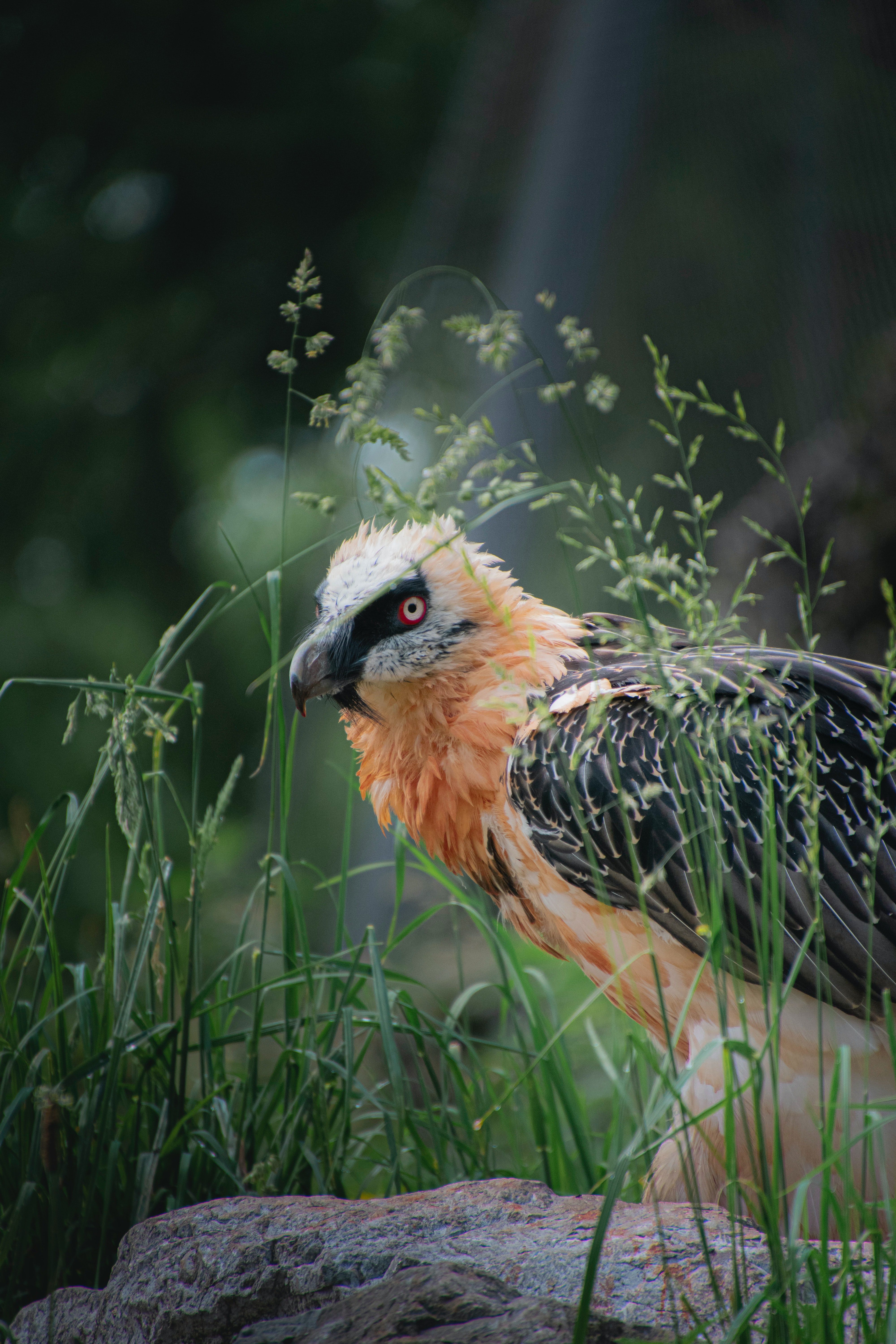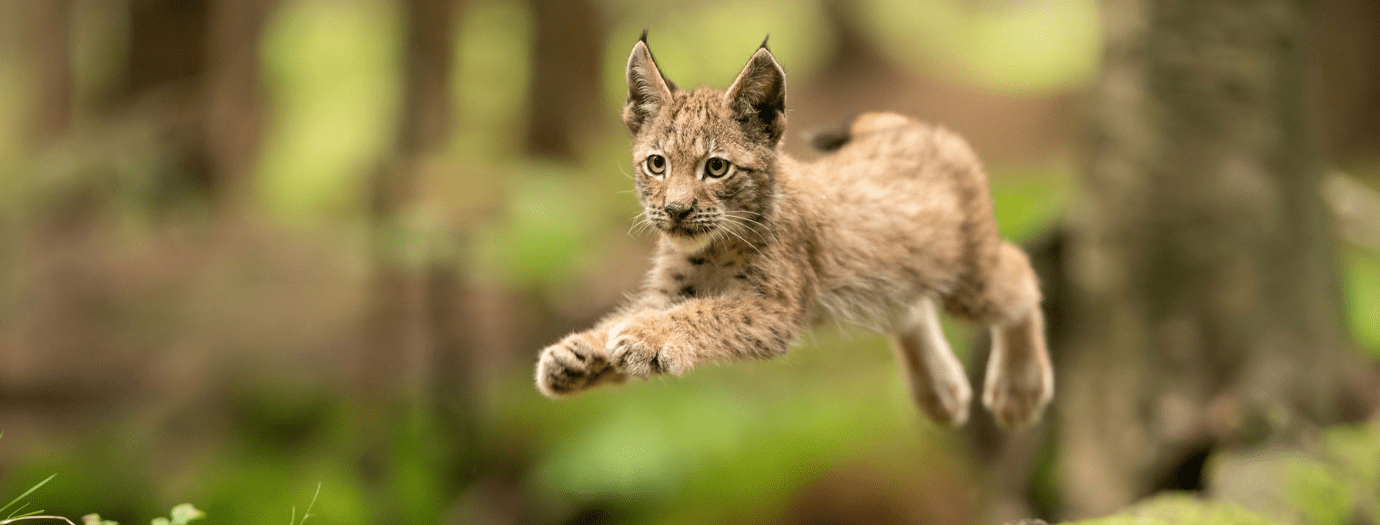Did you know that the southern part of Spain’s highlands is among the least populated areas in Europe? The Iberian Chain, a mountain range that stretches 300 miles from the northwest of Spain to the Mediterranean sea, has seen a sharp decline in human populations since the 1960s. As those in rural areas of Europe move to cities seeking work, they add to Europe’s urbanization, according to The Guardian.
While this mountainous region is mostly devoid of people, it is becoming home to many animals. Species including deer, ibex and wild boar have already started to come back to the area. Conservationists are also paying attention to this location: a paradise of river canyons forested by pine, oak and juniper, Spain’s highlands also include grasslands and agricultural areas.
As part of Rewilding Europe, an initiative to rehabilitate natural European landscapes, black vultures, lynx and other animals will be reintroduced to the southern part of the Iberian Chain to increase its biodiversity.

Spain’s rewilding project, which officially launched October 19, 2022, spans a whopping 2.1 million acres including protected areas, and has already secured three years’ worth of funding. “These cities have a lot of people who are looking for special places to see nature, so the tourist potential of this area is huge,” said Pablo Schapira, Team Leader Iberian Highlands at Rewilding Spain.
The first step of the project began the summer prior with the release of a herd of wild cattle and then 11 semi-wild horses near Mazarete, Spain. The herd’s first foal was born in July, and more wild horse releases are planned.
Next, in September they released a batch of black vultures in Alto Tajo Nature Reserve. Up to 15 black vultures will be introduced annually, and each bird will be tagged with GPS transmitters. Bearded vultures are also being reintroduced as conservationists improve their habitats. The nature reserve is also home to various raptors, like golden eagles, Egyptian vultures and eagle owls.
Iberian lynx will be released in one to two years, with three or four lynxes being let out at a time. So far, the area’s original top predators — the Iberian lynx, Iberian wolf and brown bear — haven’t been spotted in the landscapes. Nearby forests are being cut down, which paired with hunting seems to be scaring off these predators. Iberian lynx were the world’s most endangered cats 20 years ago, but after several successful EU projects, there are more than 1,000 across Spain and Portugal.
Lastly, one of the project’s goals is to create opportunities for sustainable nature-based tourism to strengthen local economies. By creating local tourism jobs, the project diminishes the risk of mining, forestry, and hunting in the highlands.
“I hope Iberian Highlands will become an inspiring example for other organizations, municipalities and landowners in Spain to follow its approach to demonstrate the benefits that it can bring to both nature and people,” said Frans Schepers, Executive Director of Rewilding Europe.
As these species return home and play their part in allowing the ecosystem of Spain’s highlands to flourish, they provide nature-based tourism opportunities — like nature reserves and hiking trails — for those living in Europe’s cities. Soon, people will be able to see these animals in their natural habitat, thriving once more.





 Copyright
2024
Root and Vine
Copyright
2024
Root and Vine